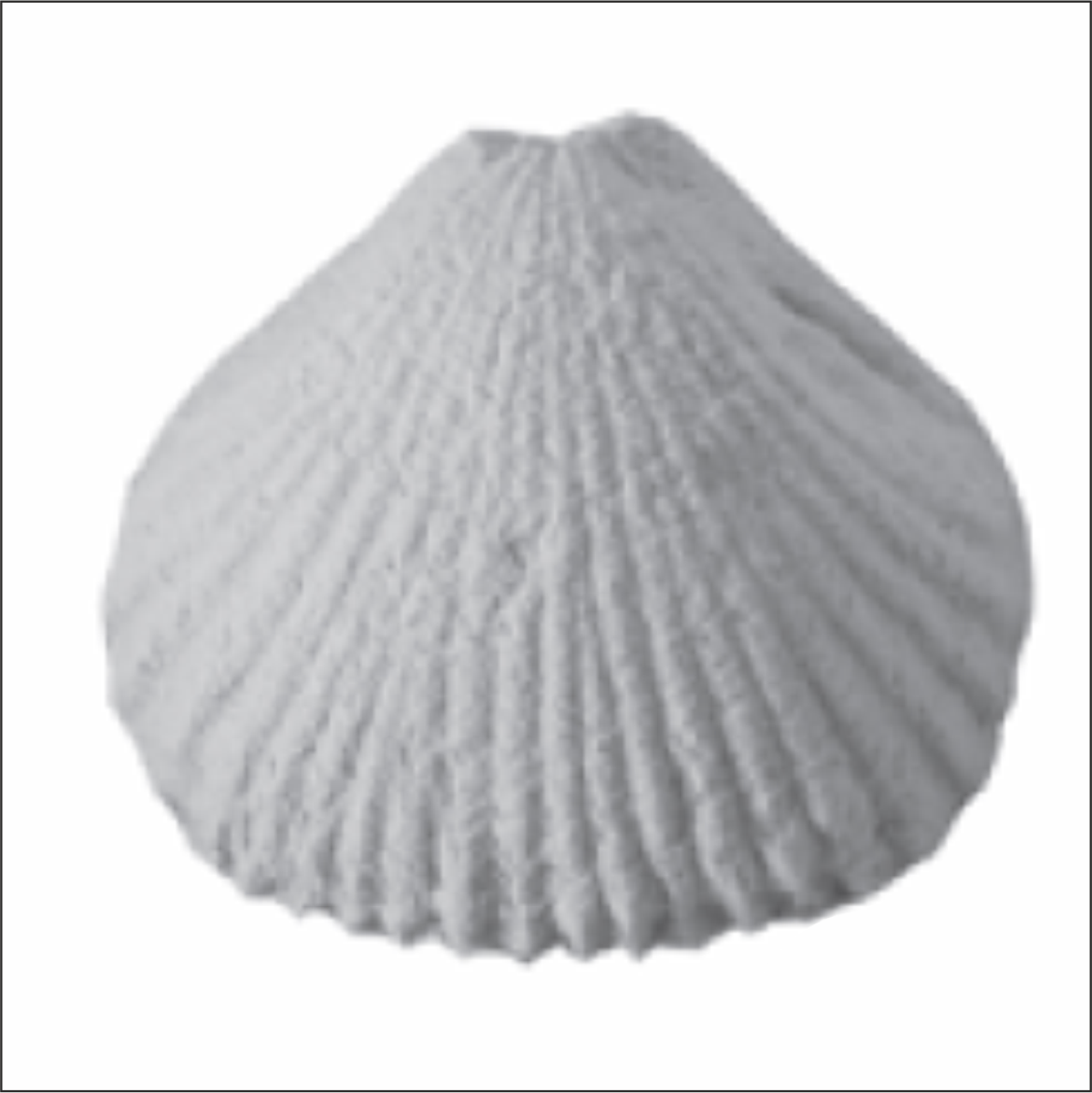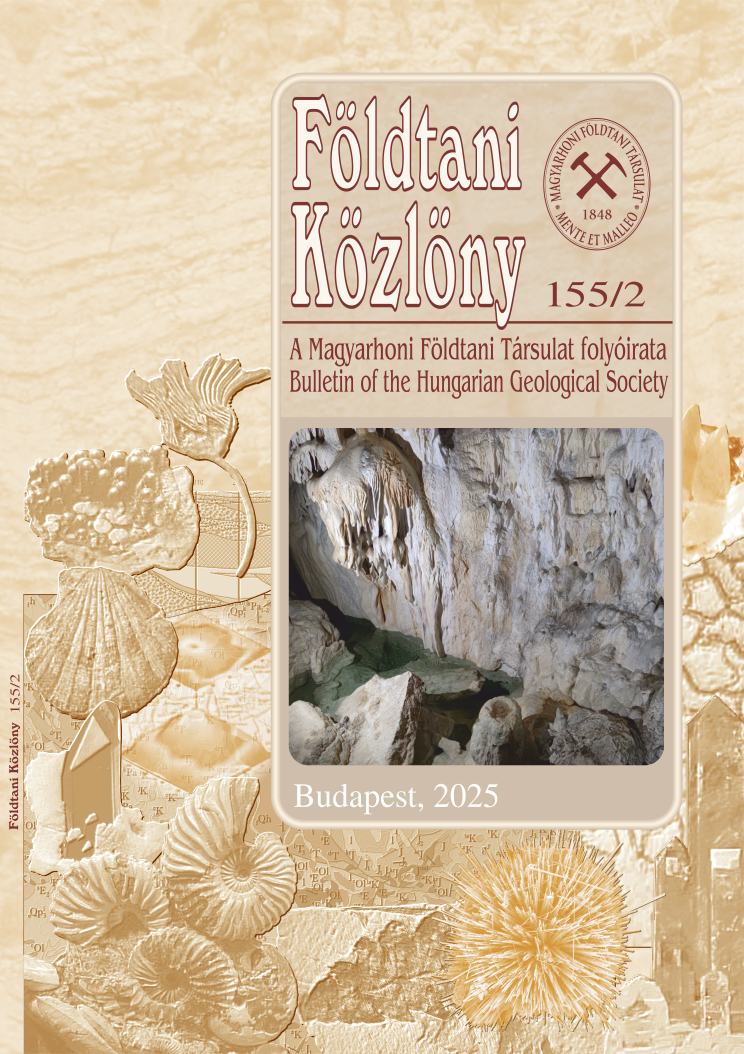Sinemurian (Lower Jurassic) brachiopods from the Western Gerecse (Hungary)
Abstract
Diverse Sinemurian brachiopod fauna was collected from the Hierlatz Limestone at the localities Nagy Teke Hill, Nyerges Hill and Alsó Látó Hill by the Hungarian Natural History Musem and the participants of the summer field campaign of the Eötvös University (Budapest). The collected brachiopod material consists of 2470 specimens, 1321 of which were identified at species level. On the basis of their external morphology, 36 species of 21 genera were identified; in addition, two taxa were identified at genus level. In a few cases the identification was facilitated by the study of internal morphology (serial sectioning) and statistical methods. All taxa are illustrated by photographs.
Diagnostic Mediterranean taxa were found at all the three localities. The Mediterranean character of the fauna supports the palaeogeographic picture that in the Early Jurassic the Mediterranean microcontinent, including the Gerecse area, was isolated from the Eurasian and African shelves by deep-sea belts and these deep-sea barriers hindered the dispersal of brachiopods. The Gerecse, as the northeastern part of the Transdanubian Range, was an area with dissected submarine bottom topography in the Jurassic. The western part of the Gerecse was an elevated submarine area (Gorba High), while the eastern Gerecse formed a deeper basin. The submarine elevation and its transitional zone towards the basin were the sites of intermittent accumulation of the biodetrital Hierlatz Limestone. The differences between the taxonomic composition of the three localities are revealed by quantitative paleoecological analyses and can be explained partly by the local environmental differences, partly by the episodic nature of the extensional tectonic movements.
















